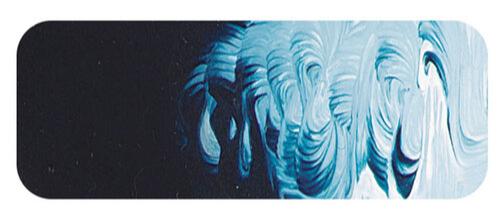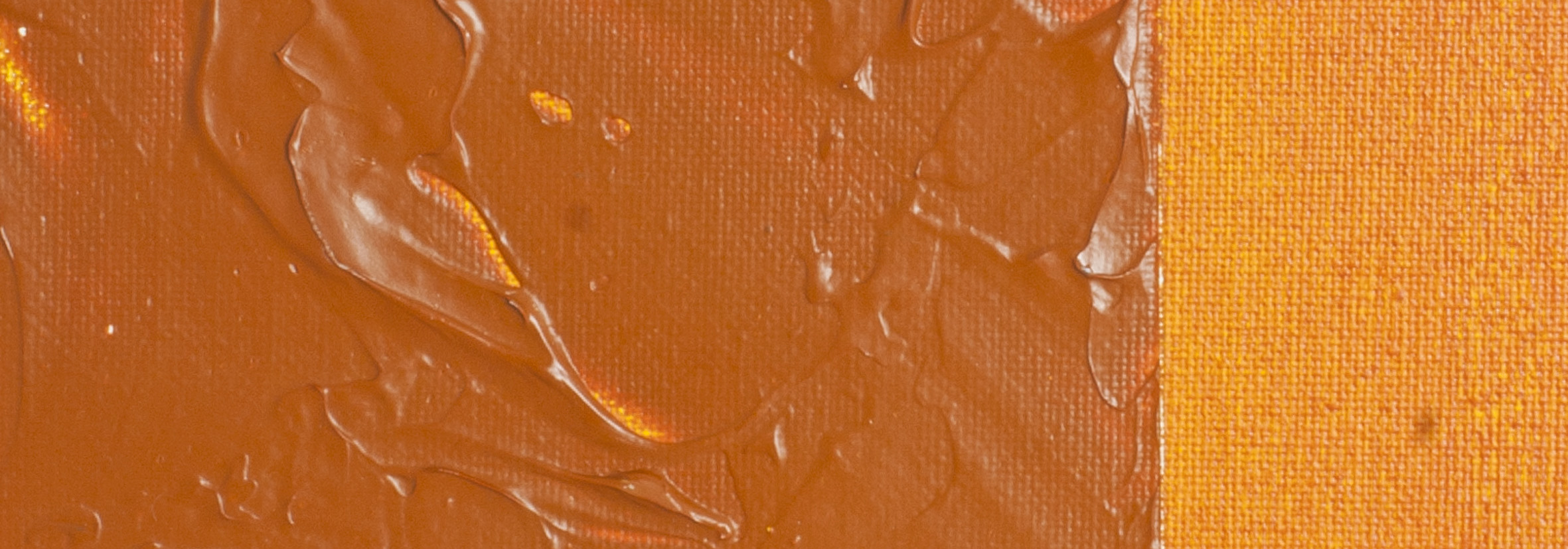Midnight blue | Matisse acrylic paint
Chemical Description: Blend Iron oxide black, Sodium aluminosulphosilicate & Copper phthalocyanine
Pigment Numbers: PB29 PB15.3 PBk11
Lightfastness Rating: ASTM I
Pigment Opacity: Semi-Transparent
Paint Opacity: Opaque
Series 2

Midnight blue | Matisse acrylic paint
Understanding Midnight Blue and Its Palette Companions
Midnight Blue, a profound dark blue-black sibling of Paynes Grey, distinguishes itself through its composition—crafted from Phthalo Blue instead of Ultramarine Blue with Mars Black. Although both exhibit equal lightfastness and utility, their distinctive characters emerge when interacting with other colours. Paynes Grey leans toward a blue-violet cast, ideal for cooler tones like blue-grays and violets. Conversely, Midnight Blue, with its greenish-blue undertone, excels in crafting deep, intense greens and truly shines in the warmer spectrum of reds and violets.
The Inky Majesty of Midnight Blue
True to its name, Midnight Blue mirrors the inky allure of a midnight sky, finding a comfortable home in celestial realms or nocturnal waters. One can easily envision Van Gogh drawn to this colour for his nightscapes, given its richer hue compared to Paynes Grey. The transparent Phthalocyanine Blue component enhances light absorption, creating the illusion of a profound darkness, akin to the depths of a midnight sky.
Exploring Unique Mixes
Dive into the captivating world of Midnight Blue blends. A fascinating black emerges when combined with Transparent Red Oxide, where the transparency adds depth, warmth, and an intriguing resemblance to charred wood. Pairing Midnight Blue with Magenta Quin Violet yields a magnificent dark violet with a delightful magenta undertone—outperforming Dioxazine Purple in lightfastness and tinting strength.
Versatility Unveiled in Greens and Grays
Midnight Blue's versatility extends to the realm of greens. Mixing it with light yellows produces dark bottle greens, while Yellow Oxide or Transparent Yellow Oxide introduces earthy, opaque dark greens suitable for foliage. Gray aficionados can rejoice as Midnight Blue, when paired with Ash Pink, conjures soft grays with a greenish to pinkish cast. Combine it with Permanent Light Violet for grays ranging from blue to mauve, or Aqua Green Light for greenish grays. Australian Ghost Gum softens greens towards the hues of gum tree leaves, while Titanium White yields the blue grays of impending summer storms.
From Ocean to Bush: A Versatile Palette
The spectrum of mixed grays, blacks, greens, and violets makes Midnight Blue an artist's ally in capturing diverse landscapes—from the Southern Ocean in winter to summer nights, and from nocturnal waters to the vibrant hues of the Australian bush at midday. Much like Paynes Grey, Midnight Blue earns its valuable place in the artist's paintbox, offering a rich tapestry of possibilities for expressive creations.
Safety Data Sheet for Matisse Midnight Blue (SDS)
To view or download a copy of Midnight Blue SDS, please CLICK HERE * (271kb)
*The above link will open an external Dropbox window

To install this Web App in your iPhone/iPad press ![]() and then Add to Home Screen.
and then Add to Home Screen.

